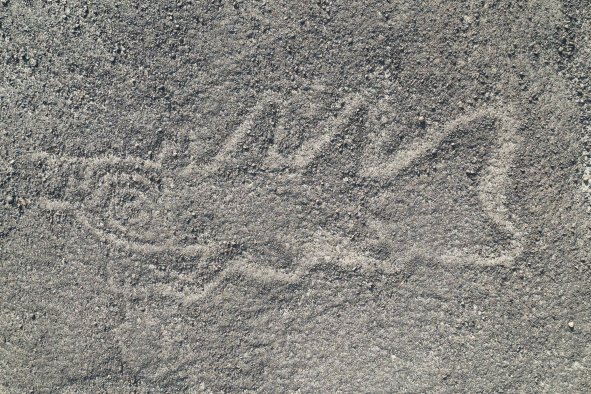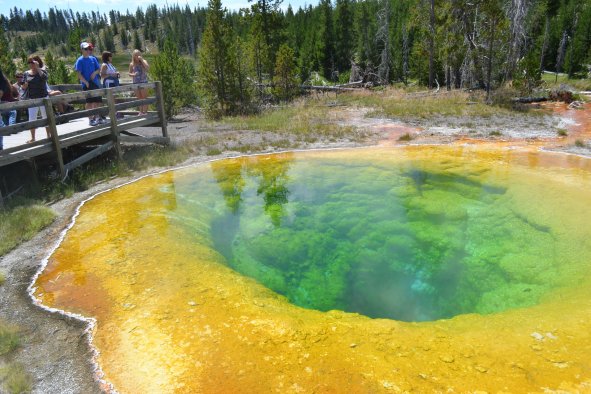Archaeologists have discovered a monumental early medieval cemetery that could be linked to a Christian saint.
The burial ground was uncovered during excavations conducted as part of an improvement scheme for the A4426 (Five Mile Lane) road just outside the town of Barry in Wales, one of the constituent countries of the United Kingdom.
The cemetery is revealed to be internationally significant in a monograph titled "A Journey Through 6,000 Years of History: Archaeological Investigations Along the A4226 Five Mile Lane Improvement Scheme," which describes the latest findings from the excavations.
The cemetery has been found to contain the graves of more than 430 individuals, according to Red River Archaeology Group, the archaeological consultancy firm that carried out the work.
Radiocarbon dating conducted on more than 60 of the burials yielded dates ranging from the fifth to 13th centuries—with a peak observed between the sixth and eighth centuries. Most of the graves are located within a large mound surrounded by concentric ditches, although others were found nearby.
The site was previously home to an earlier Bronze Age funerary monument, and it seems to have been repurposed during the medieval era. The medieval cemetery is positioned over a Bronze Age enclosure and ring ditch, while Bronze Age burials were also found in the area.
Repurposing prehistoric monuments was a popular practice during the early medieval period in Great Britain, which is divided into Wales, England and Scotland.
These sites, which are often located in prominent positions within the landscape, held practical and symbolic significance.
The excavation site is located close to the early medieval ecclesiastical estate of Llancarfan, which was a key regional monastic center at the time. Around the fifth or sixth century, the Abbot of Llancarfan's monastery was a Welsh saint known as Cadoc.
It is possible that the cemetery mound may even be the "huge heap of earth" raised in the area and used for the burial of the dead as described in the 11th-century manuscript "The Life of St. Cadoc."
An analysis of the bone remains found in the cemetery indicates that the people buried there were of all ages, ranging from infants to the elderly. The burials included family units, and some even contain evidence of people caring for the disabled.
Beside the cemetery, excavations also uncovered the largest concentration of grain-drying kilns found in England or Wales.
These kilns, alongside the discovery of a significant quantity of medieval pottery and the site's strategic hilltop location near a spring and crossroads, suggest that it served as a major regional assembly area, where people met, traded, held festivals, paid taxes and resolved disputes.
Do you have a tip on a science story that Newsweek should be covering? Do you have a question about archaeology? Let us know via science@newsweek.com.
Disclaimer: The copyright of this article belongs to the original author. Reposting this article is solely for the purpose of information dissemination and does not constitute any investment advice. If there is any infringement, please contact us immediately. We will make corrections or deletions as necessary. Thank you.



